3 Design Trends Designers Regret Following—and What They Wish They Had Done Instead
It’s no secret that design trends don’t always stand the test of time. Sometimes, buying into a fleeting design trend can lead to major regrets down the line, especially if it's expensive or difficult to change.
Nobody knows this better than interior designers themselves. They continually operate on the cutting edge of the interior design space, so they’re well aware of the trends dominating the design world. Unsurprisingly, they’ve tried a few trends in their time, and not all of them have been successful.
We asked interior designers to share the design trends they regret following, and their answers were eye-opening. Read on for three design trends that design pros wish they had never tried.
Meet the Expert
- Maren Baker is the founder and principal designer of Maren Baker Design, an interior design studio based in Boise, Idaho.
- Julia Newman is the founder and principal designer of Julia Adele Design, a full-service interior design firm based in Los Angeles, California.
- Lesley Myrick is the CEO and principal designer of Lesley Myrick Interior Design, a full-service interior design firm based in Atlanta, Georgia.
Want more design inspiration? Sign up for our free daily newsletter for the latest decor ideas, designer tips, and more!
Accent Walls
Accent walls are a hot topic in the interior design world. They can be a great way to create a focal point in a room and add some color, texture, and personality.
But when done without intention, accent walls can also feel awkward and out of place, leading to a sense of imbalance in a room.
Interior designer Maren Baker of Maren Baker Design learned this lesson the hard way, by diving headfirst into accent walls in her own home.
“I bought into this before I was a designer, but was 'into' design—I learned pretty quickly that an accent wall is literally pointless if you are accenting a big flat wall, just like the other big flat walls around the room,” she says.
Essentially, set down the paintbrush and can of paint and back away slowly. Painting a flat wall an accent color in your space just doesn’t cut it anymore.
“Instead, embrace the whole color or wallpaper, find a way to actually add interest to the wall other than have it just be colored drywall, or skip the 'accent wall' altogether and add some appropriately scaled art,” she says.
Leather Sofas
Have you been eyeing up a nice, leather sofa for your living room? You may want to think twice before hitting the purchase button, says Julia Newman of Julia Adele Design.
“Without a doubt, the biggest design mistake I made in my own home—despite how good it looked—was buying a leather sofa,” she says.
While leather is great for accent pieces like ottomans, stools, or even chairs, when it comes to big, frequently used pieces of furniture like a couch, it becomes more effort than it's worth, according to Newman.
“It turned out to be high maintenance, and I don’t believe furniture should be something you’re constantly worried about," she says. "It was cold in the winter, hot in the summer, and ultimately, I was relieved to switch to fabric."
Save yourself the money and the stress and skip this aesthetics-first trend for the practicality and durability of fabric.
Appliance Garage With a Lift-Up Door
An appliance garage is essentially a custom kitchen cabinet addition that stores small appliances when not in use, like stand mixers, air fryers, blenders, and coffee makers.
Appliance garages are usually counter-height, making it easy to slide appliances in and out for quick use.
While these storage-savvy features make a great addition to most kitchens, interior designer Lesley Myrick has a few regrets in the way she designed the appliance garage in her home.
“One design choice I made in my own kitchen that I would change if I could is my appliance garage," she says. "I still love the concept (it keeps my counters clean and my kitchen looking sleek), but I didn’t realize how much the construction details would affect the end result."
Specifically, it’s the depth of the cabinet and the style of the door that irks her. While many new builds borrow space from between the wall studs to allow for nice, deep appliance garages, hers ended up being shallower than she envisioned due to the supports and construction method required in her home.
Additionally, she opted for the trendy lift-up door style, which she says she regrets.
“The lift style looks cool, but it swings up to eye level and can feel like it’s in the way when I’m using the space," she says. "I’d swap the lift-up door for double pocket doors."
Functionally, though, the space still works, and it looks nice. For Myrick, it’s a harsh lesson learned, and she won’t make the same mistakes again for her clients.
RECOMMENDED NEWS
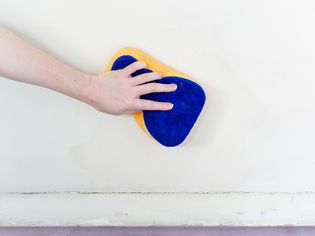
How to Clean Walls Before Painting
No DIY advice is ignored as often as the recommendation to thoroughly wash the walls before priming...
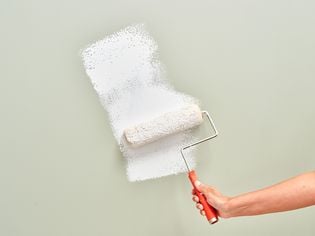
How Many Coats of Primer Do You Need?
Should you always prime before painting? If so, how many coats of primer do you need? There's no on...
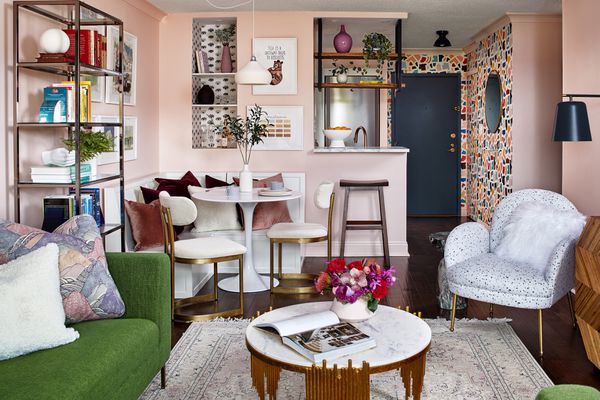
I Faked an Apartment Reno By Adding Renter-Friendly Architectural Details—Here's How
This story is a part of our Old House New Issue, where we explore why people are no longer moving i...
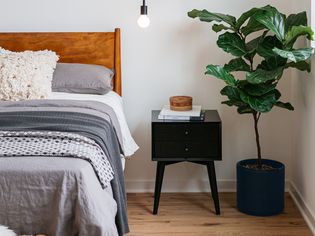
27 Midcentury Modern Bedroom Decorating Ideas
Midcentury modern bedrooms offer a calm and timeless design that blends seamlessly into any home. T...
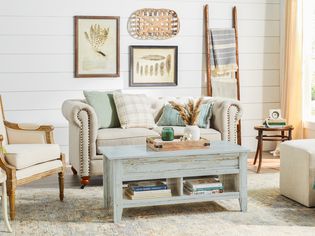
What Is Shabby Chic Style?
Shabby chic is an interior decorating style that blends vintage and cottage elements in soft, roman...
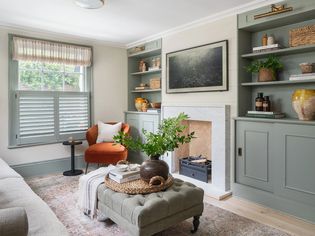
6 Budget-Friendly Summer Decorating Tips You Shouldn't Overlook, Designers Say
The summer season is finally here, and with that, you may be looking for some clever ways to amp up...
Comments on "3 Design Trends Designers Regret Following—and What They Wish They Had Done Instead" :